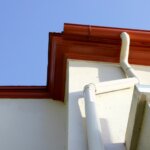If you notice your home’s drainage overflowing, there could be a few potential culprits. We run through below the most common causes and what you can do to fix them.
Blocked Drain:
The most common cause of an overflowing drain is a blockage in the sewer line. It could be caused by hair, grease, soap scum, tree roots, or an aging service. Try using a plunger or a hand-operated drain snake to clear the blockage by creating pressure with air to push the blockage out. If the issue persists, your blocked drain likely needs professional attention.
Blocked P-Trap:
The P-trap is located directly under your sink waste. Its primary function is to seal sewer gases from entering your home by using water as a plug. When it’s blocked, it can cause an overflow and build-up in the fixture. The p-trap is easily removable to clean by unscrewing the connecting nuts and flushing it out with a hose.
Sewer Line Issues:
If multiple drains are overflowing or backing up, the issue might be with the main sewer line. Gurgling, slow-draining water, or overflow externally are all tell-tale signs of a central line blockage. Some causes can be tree roots, sediment build-up, wet wipes, or a break in the line, which can cause severe blockages. This often requires professional help to diagnose, clear, and fix— sometimes with repair methods like pipe relining to restore the pipe without excavation.
Ventilation:
Plumbing systems need proper ventilation to allow air to enter the pipes and keep water flowing smoothly. A blocked or incorrectly installed roof vent pipe will cause slow drainage and overflow. Vents are usually located above bathrooms or laundries through the roof sheets.
Faulty Drainage System:
In some cases, the problem might be with the design of the drainage system itself. Incorrectly sized drainage, under-ventilated, or with incorrect grade will cause issues to the service. This typically requires professional evaluation — often through CCTV drain inspections — and may lead to a system reconfiguration.
Grease Build-up:
The only thing that should go down your kitchen sink is water. Even small amounts of fat, oil, and grease will solidify in the trap and drainage line, causing a blockage.
What to Do:
Immediate Actions: If the overflow is severe, turn off the water supply to prevent further damage. Clean up any water to avoid damage to joinery, flooring & carpet.
DIY Solutions: Use a plunger and hot water or try bicarb soda and vinegar to loosen minor blockages. Disconnect and clean the P-trap if you’re comfortable doing so. Don’t be fooled into using expensive drain liquid chemicals; they don’t work!
Professional Help: For more severe issues, especially with the main sewer line or complex drainage problems, call your local licensed plumbers.
If you’re unsure about any step or if the problem persists, the team at Bay Plumbing & Drainage are highly experienced local Master Plumbers. They’ve installed hundreds of drainage systems and can diagnose and resolve the issue fast and effectively to keep your drainage operating in peak condition.









